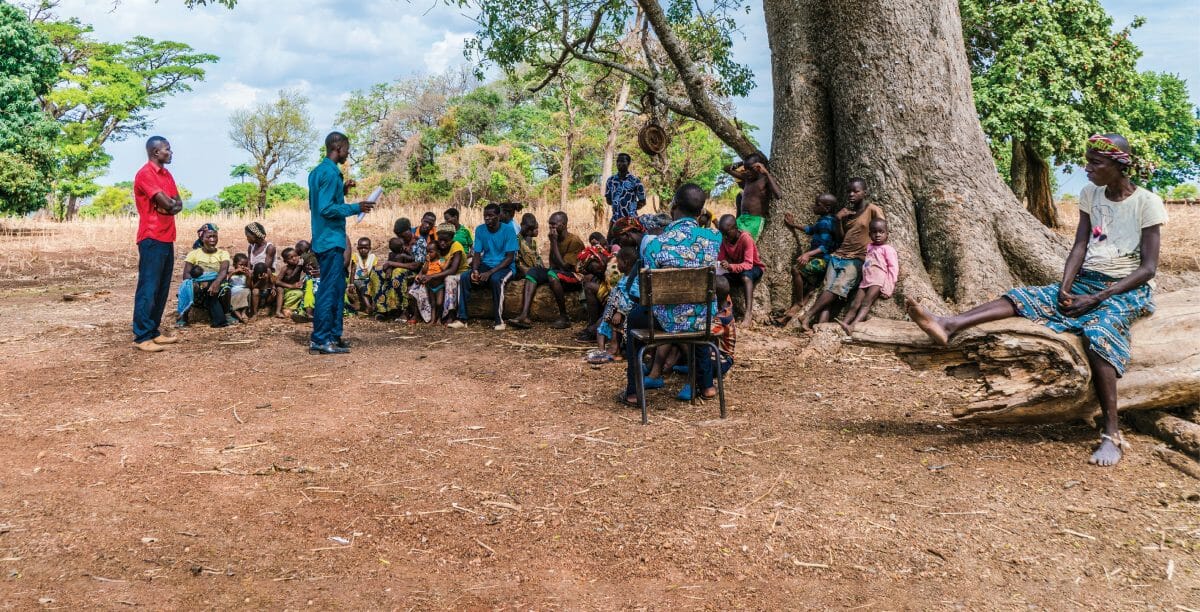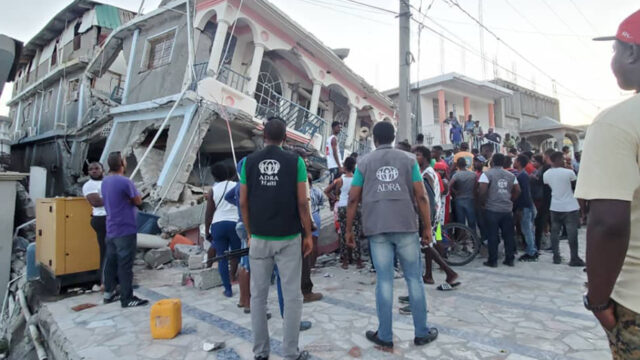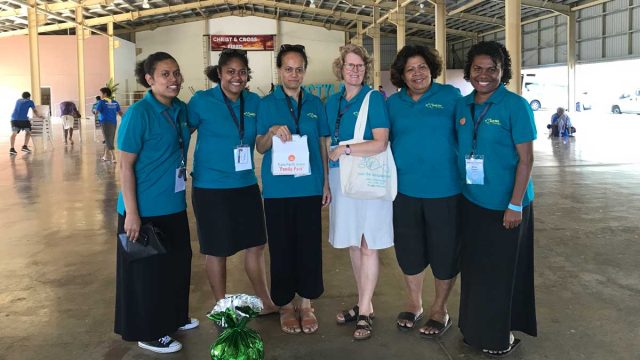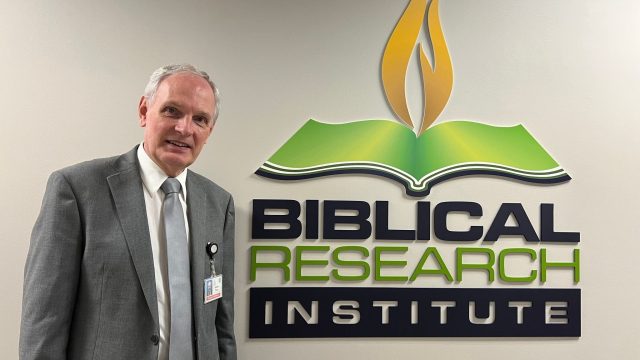How oral tradition has safeguarded Adventist heritage in Africa.

There is a growing interest in the history of the Seventh-day Adventist Church in Africa. The available sources of history may be divided into two categories: written and oral. A recent conference of Adventist historians held at the world headquarters of the Seventh-day Adventist Church in January 2018 discussed “Situating Adventist History.” One of the sessions examined oral history.
What Is Oral History?
Oral history may be defined as “a field of study and a method of gathering, preserving, and interpreting the voices and memories of people, communities, and participants in past events.”* In gathering Seventh-day Adventist history in Africa, this is a method that has been used by a number of historians. Questions have been raised about the value of oral history. We will look at a few cases that help us understand the place of oral history in Adventist African church history.
How Is Oral History Acquired and Preserved?
In oral communities that have oral tradition as a way of life, history is passed from generation to generation through stories and poetry. At family events, time is given to a family historian or elder—sometimes a matriarch—to retell the family story. Poets often spontaneously break into praise singing, recounting history so that the family story is preserved.
I witnessed a case when a matriarch was in the audience. A man was assigned to tell the story of the church community, how the church started. The matriarch occasionally stood to add or correct the speaker so that the transmission of the information was factual and accurate. This constant evaluation of accuracy is built into the oral tradition system.
The Value of Oral History
I revisited a historic Adventist site that I had visited a few times before. All that was said about its actual location was “We do not know where the Cape Town Sanitarium was specifically located.” This lack of information bothered me, and I started to search the national archives. I received sketches of information from my search there, but nothing sufficient to locate the site. The only remaining evidence of the Cape Town Sanitarium was a road named Sanitarium Road in Kenilworth, South Africa.
One morning Eric Webster, a retired Adventist theologian, came to our Ellen G. White Research and Heritage Center at Helderberg College in Cape Town. Webster invited me to meet a man who had information about the site of the sanitarium. I arranged everything: recording devices and all that we needed to capture the story. The only condition the man had for telling the story was that we would not record it. I put aside the equipment and listened as the man told his story.
Donald Jeffes had come with his parents from Australia. He knew the area well. I can only highlight the experience of walking with Jeffes around that neighborhood, a long distance from the site we had visited along Sanitarium Road. He showed us houses that were used for doctors’ residences and nurses’ homes. We went through street names, and he showed us a pattern that we would never have known without his knowledge and experience. All the street names in that area were American names, evidence of the presence of the sanitarium in that community.
After the tour of the sanitarium site we went back to Donald Jeffes’ home and he allowed us to record him. That oral record is at the Heritage Center at Helderberg College. This experience illustrates the value of oral history, not only for oral communities but for supplementing historical records and providing context.
Another time I worked with John Enang, Spirit of Prophecy coordinator at the time, and Felix Adetunji, Ellen G. White Research Center director of Babcock University, to identify and list heritage sites in the West-Central Africa Division. We visited CÔte d’Ivoire, Ghana, Nigeria, Senegal, and many other countries within that territory.
During our visit to northern Nigeria we met families of Adventist pioneers who preserved artifacts and stories not found in any book. The West-Central Africa Division is committed to preserving heritage sites and stories.
The Adventist University of Africa, situated in Nairobi, Kenya, has established a museum that serves as a depository of artifacts and stories of God’s leading in the early development of the church in Africa. It collects and preserves these digital accounts of local oral history for the entire continent.
Africa’s Unique Story
Africa has a story to tell. The oral tradition that characterizes African communities can be harnessed in many ways. Divisions of the Adventist Church in Africa are taking ownership of preserving their history for the next generation of Adventists. The younger generation has lost storytimes around the fire, in a family living room, or in a ceremony. These occasions provided opportunities for children to grasp God’s leading in the past for a family or church. Now museums, heritage sites, and research centers preserve these stories of God’s providence.
The Ellen G. White Estate has done this work in partnership with Adventist Heritage Ministries for many years. Many historic sites have been re-created so that visitors can experience early Adventist history in tangible ways.
This work needs to be strengthened in the world field. Every division should have a center that preserves the history of the Adventist work in that area. With more than 25 Ellen G. White Research and Adventist Heritage centers around the world, each of these could be used as a depository of early Adventist history.
Experiences and perspectives will otherwise be lost if we do not have individuals who tell their stories. Oral history adds value to other sources of history and is an important method for educating the future generation about the roots of our faith.
* www.oralhistory.org








